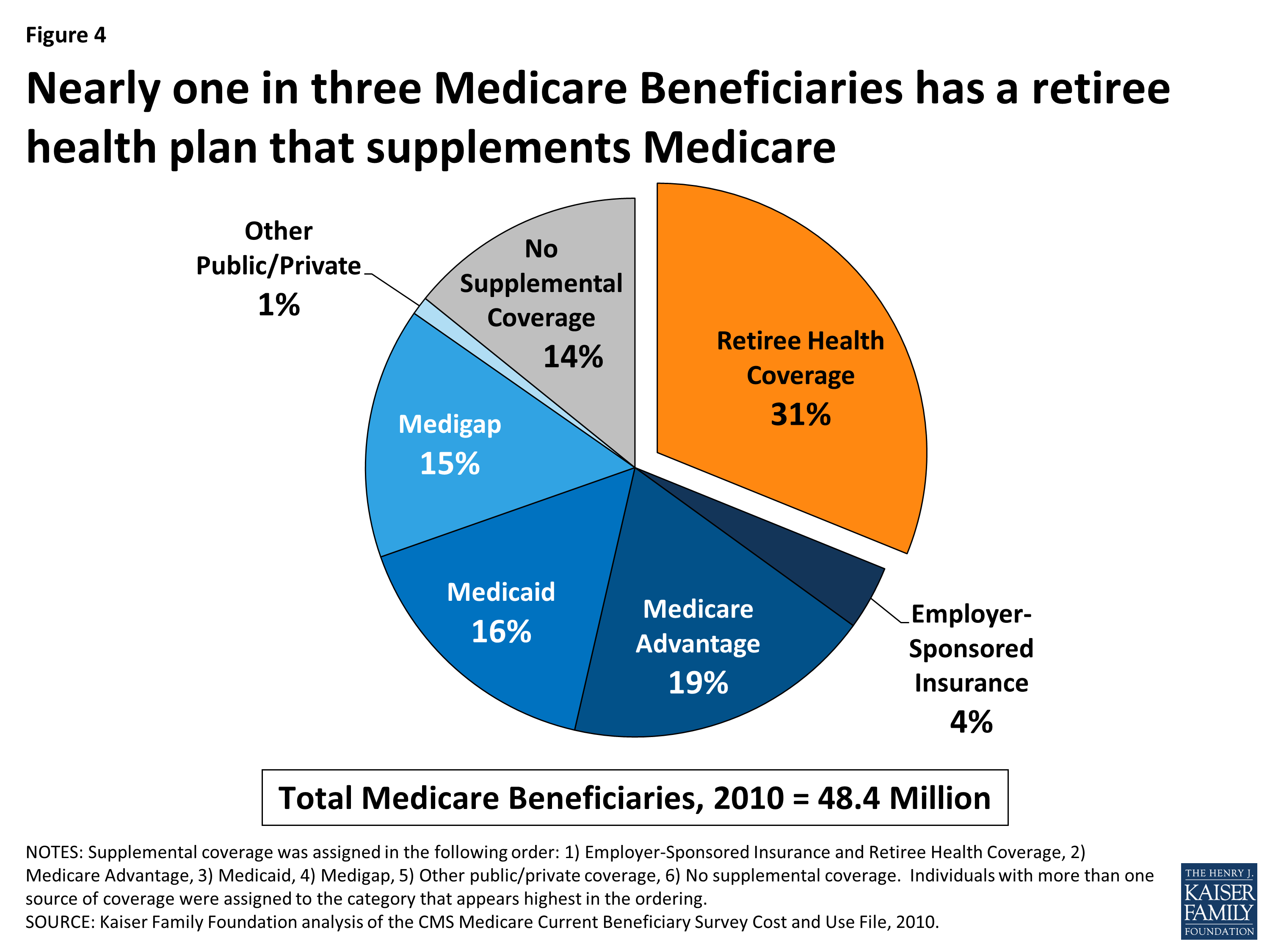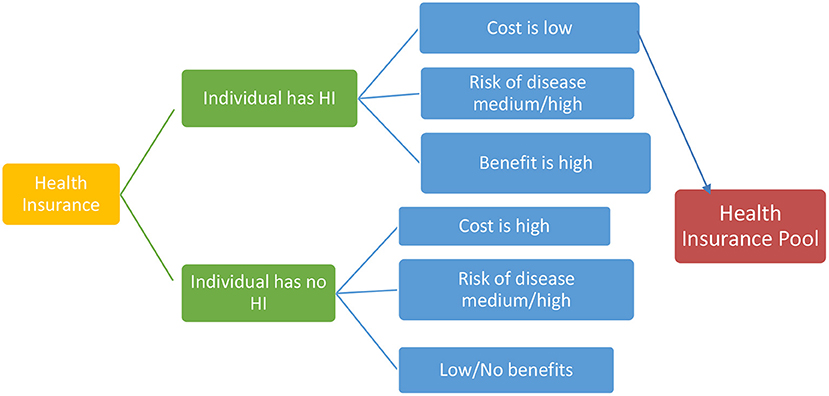The Definitive Guide for Medicare Advantage Agent
The Definitive Guide for Medicare Advantage Agent
Blog Article
The Definitive Guide to Medicare Advantage Agent
Table of ContentsUnknown Facts About Medicare Advantage AgentSome Ideas on Medicare Advantage Agent You Need To KnowNot known Incorrect Statements About Medicare Advantage Agent

complies with from confusing the reasonably young age account of the uninsured with the much better health, usually, of more youthful persons. This covers the web link in between wellness standing and medical insurance. For those without access to workplace health insurance coverage, inadequate wellness is a potential barrier to purchasing nongroup coverage since such insurance coverage might be extremely valued, leave out pre-existing conditions, or be just unavailable. The number of without insurance Americans is not especially huge and has actually not changed in recent times. Seven out of 10 respondents in a country wide representative survey thought that less Americans lacked medical insurance than actually do(Fronstin, 1998). Roughly fifty percent(47 percent )believed that the number of people without health and wellness insurance policy decreased or continued to be continuous over the latter fifty percent of the last years(Blendon et al., 1999). This drop of practically 2 million in the number of people 'without insurance coverage (a decrease
of around 4 percent)is absolutely a positive adjustment. With a softer economy in 2000 the most recent reported gains in insurance protection may not proceed(Fronstin, 2001 ). The decline in the variety of without insurance will certainly not continue if the economic climate remains sluggish and wellness care expenses continue to surpass inflation. This is due to the fact that the information were gathered for a duration of strong financial efficiency. Of the approximated 42 million people who were uninsured, all however about 420,000(regarding 1 percent)were under 65 years old, the age at which most Americans end up being eligible for Medicare; 32 million were grownups in between ages 18 and 65, around 19 percent of all grownups in this age; and 10 million were children under 18 years old, regarding 13.9 percent of all children (Mills, 2000). These quotes of the number of individuals uninsured are created from the yearly March Supplement to the Present Populace Study (CPS), performed by the Census Bureau. Unless or else kept in mind, national price quotes of individuals without medical insurance and proportions of the populace with various type of coverage are based on the CPS, one of the most extensively utilized resource of estimates of insurance policy coverage and uninsurance prices. These studies and the quotes they generate are explained briefly in Table B. 1 in Appendix B - Medicare Advantage Agent. These studies vary in size and tasting approaches, the inquiries that are inquired about insurance policy
Medicare Advantage Agent Things To Know Before You Buy
insurance coverage, and the time period over which insurance coverage or uninsurance is determined(Lewis et al., 1998, Fronstin, 2000a ). Still, the CPS is especially beneficial because it generates yearly price quotes relatively rapidly, reporting the previous year's insurance policy protection approximates each September, and because it is the basis for a constant collection of quotes for greater than twenty years, enabling for analysis of trends in coverage gradually.

Indicators on Medicare Advantage Agent You Need To Know
Over a three-year period beginning early in 1993, 72 million people, 29 percent of the united state populace, lacked insurance coverage for at the very least one month. Within a single year(1994), 53 million people experienced at least a month without coverage(Bennefield, 1998a). Six out of every 10 uninsured grownups are themselves employed. Although functioning does improve the likelihood that and one's family participants will certainly have insurance, it is not a guarantee. Even members of families with 2 full time wage income earners have practically a one-in-ten possibility of being without insurance (9.1 percent without insurance price)(Hoffman and Pohl, 2000 ). The relationship in between wellness insurance policy and access to care is well developed, as documented later on in this chapter. Although the connection in between medical insurance and health outcomes is neither direct nor basic, an extensive clinical and health and wellness solutions study literature links medical insurance protection
to better accessibility to care, better top quality, and boosted individual and population health standing. For instance, the second report, on personal health outcomes for uninsured adults, is represented by the inner circle of the number, while the 3rd record, on family wellness, encompasses the topics of the 2nd report however highlights a different unit of analysis, specifically, the family. The 6th report in the series will present details concerning methods and campaigns taken on in your area, statewide, or country wide to deal with the absence of insurance coverage and its damaging influences. Levels of evaluation for analyzing the effects of uninsurance. This conversation of medical insurance coverage concentrates mainly on the united state populace under age 65 due to the fact that basically all Americans 65 web link and older have Medicare or other public insurance coverage.
It focuses particularly on those without any kind of health insurance coverage for any size of time. The issues dealt with by the underinsured remain in some respects comparable to those encountered by the without insurance, although they are usually much less serious. Uninsurance and underinsurance, nonetheless, involve definitely various plan problems, and the approaches for resolving them may differ. Throughout this research and the five records to adhere to, the primary emphasis gets on persons without health and wellness insurance and hence no aid in spending for health treatment beyond what is offered through charity and safeguard establishments. Health insurance policy is a powerful variable influencing receipt of care since both individuals and doctors react to the out-of-pocket cost of services. Health and wellness insurance, nevertheless, is neither needed nor enough to gain accessibility to clinical services. The independent and direct impact of health and wellness
insurance coverage on access to health services is well established. Others will get the health and wellness treatment they require even without medical insurance, by spending for it out of pocket or seeking it from suppliers who use care free or at very subsidized prices. For still others, health and wellness insurance coverage alone does not guarantee invoice of treatment as a result of various other nonfinancial obstacles, such as an absence of wellness treatment companies in their neighborhood, minimal access to transport, illiteracy, or etymological and social differences. Official research study concerning without insurance populations in the USA dates to the late 1920s and early 1930s when the Board on the Cost of Treatment created a series of reports concerning financing physician workplace gos to and hospitalizations. This problem became prominent as the varieties of medically indigent climbed throughout the Great Anxiety. Empirical research studies constantly sustain the link between access to care and enhanced health and wellness end results(Bindman et al., 1995; Starfield, 1995 ). Having a regular source of treatment can be considered a predictor of access, instead of a straight step of it, when health end results are themselves used as gain access to indications. This expansion of the concept of accessibility dimension was made by the IOM Board on Monitoring Gain Access To to Personal Healthcare Solutions(Millman, 1993, p. Whether or not moms and dads are insured appears to affect whether their youngsters receive care in addition to exactly how much careeven if the kids themselves have insurance coverage(Hanson, 1998). The wellness of moms and dads can affect their ability to take care of their kids and the degree of family stress. Fretting about their youngsters's access to care is itself a resource of anxiety for moms and dads. Three chapters adhere to in this report. Chapter 2 supplies an overview of how employment-based medical insurance, public programs and private insurance policies run and connect to provide considerable but insufficient coverage of the U.S. population. This consists of a testimonial of historic fads and public policies affecting both public and exclusive insurance, a conversation of the interactions amongst the different kinds of insurance, and an exam of why individuals relocate from one program to one more or wind up

Report this page